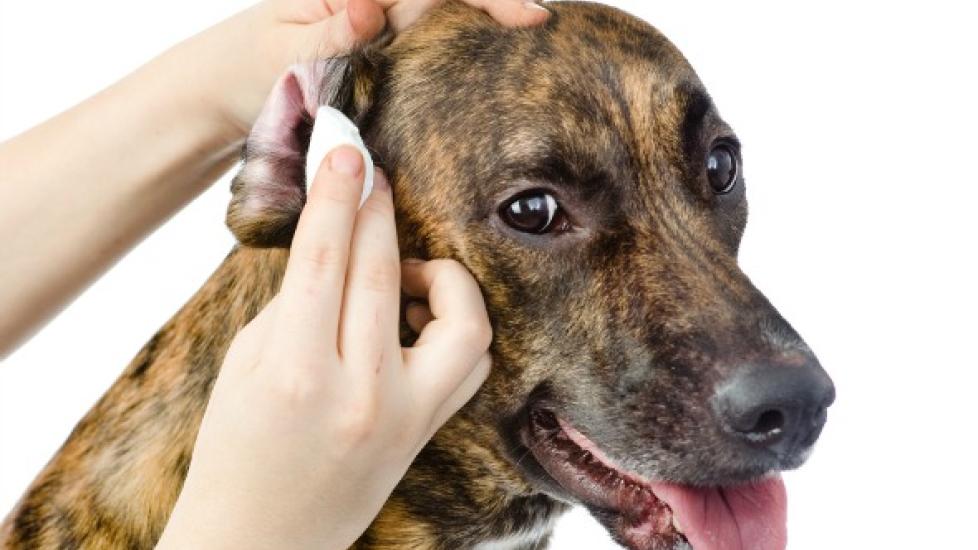Top Five Tips for Treating Ear Infections in Dogs and Cats
Ear Infections are one of the most common canine and feline health problems, but that doesn’t mean that veterinarians and owners are all that good at treating them. We all have to share the blame in this regard.
Owners often want a quick (and inexpensive) fix, and doctors can be unwilling to put in the time necessary to thoroughly explain the complexities behind many ear infections. To help remedy this situation, here are a few tips for treating ear infections in dogs and cats.
1. Ear infections typically develop as a result of another problem.
In most cases, a pet’s ear infection should be viewed as a symptom of another, underlying condition. Allergies to ingredients in the pet’s food and/or environmental triggers like pollen, molds, and dust mites are most common, but anatomical abnormalities, masses, or foreign material within the ear, chronically damp ears, and hormonal disorders are also possible.
2. Ear mites are rarely to blame, except in kittens.
Almost every case of ear mites that I’ve diagnosed has been in a kitten. Puppies can also get ear mites, but if you have an adult dog or cat that has not been in contact with kittens or puppies with ear mites, the chances that he or she has mites is very small. Bacterial and/or yeast infections are much more likely.
3. Clean the ears properly
Getting the “gunk” out of a pet’s ears is an essential part of treatment. In severe cases, a veterinarian may need to sedate the dog or cat to thoroughly flush out the ears down to the level of the ear drum. Examining the ear drum after cleaning is important because infections that involve structures behind the ear drum require more aggressive treatment and certain topical medications can cause deafness when used on pets with ruptured ear drums.
How Do You Clean Wax Out of a Dog's Ear?
At home, owners should completely fill the ear canal until it overflows with the cleaner prescribed by a veterinarian, fold the pinna (ear flap) over the canal, gently massage until a “squishy” noise is heard, and then stand back and let the dog or cat shake his or her head vigorously. The centrifugal forces generated by head shaking will bring deeper material to the surface where it can be wiped away. Do not dig down into the pet’s ear canal with cotton swabs or other objects as this will simply push the material deeper and possibly lead to a rupture of the ear drum.
4. The longer an ear infection goes without treatment, the harder it is to get rid of.
Chronic ear infections can lead to permanent alterations in the anatomy of a dog or cat’s ears, making future infections more likely and more difficult to treat. Consult with a veterinarian quickly when a pet develops the typical signs of an ear infection: head shaking, scratching at the ears, and/or discharge and a foul odor from the ears.
5. Ear infections will keep coming back unless the underlying problem is dealt with.
Healthy adult pets with “normal” ear anatomy almost never get ear infections. It is reasonable to treat the first infection that a dog or cat gets as a random event, but if the infection returns or fails to promptly resolve with appropriate therapy, a search for the underlying cause should commence.

Dr. Jennifer Coates
